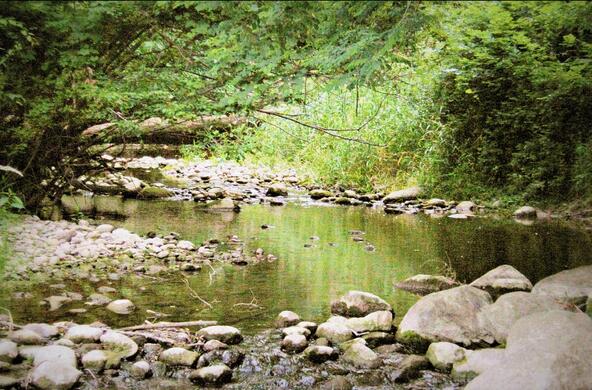Hydropower is hailed as a green source of renewable energy, on par with solar and wind. However, new research suggests that this may not always be true. In some cases, the reservoirs created by dams, particularly ones built in lowland tropical areas, emit high levels of greenhouse gases, rivaling fossil fuel plants.
Basin-wide planning could play an important role in avoiding new hydropower projects that could produce high greenhouse gas emissions. So reports a study published in Nature Communications.
Flooding is a reality of dam construction. When a flowing waterbody is blocked to create a reservoir, plants in the flooded area die and decompose. When this happens, sediments and deeper waters can become oxygen-poor, a situation that produces greenhouse gases which flow into the atmosphere. Other environmental impacts include reduced downstream nutrient supply, disrupted fish migrations, algal blooms, and biodiversity loss.
Using research collected in the Amazon and a database of current and proposed dams – and with the help of artificial intelligence – researchers have found that some dams are big polluters.

Cary Institute of Ecosystem Studies ecologist Stephen Hamilton, a co-author on the study, explains: “Reservoirs created by dams emit greenhouse gases, of which methane is particularly important. Poor dam siting can lead to emissions that contribute to climate change as much as those produced by coal-burning power plants. To ensure that new hydropower projects generate energy with the lowest possible impacts on climate, we need to understand the relationship between reservoir area, which affects greenhouse gas emissions, and the dam’s power production.”
Using data from 158 existing and 351 proposed dams in the Amazon basin, the researchers developed a computer model to calculate the dams’ carbon intensity – a measure of greenhouse gas emissions produced, relative to energy output. The model was based on information about the dams’ location, elevation, surrounding topography, total flooded area, and location in the river network within the basin.
The model revealed that dams in lowland areas with larger reservoirs, such as many of those in the Brazilian Amazon, produce greater greenhouse gas emissions than dams in highland areas with less flooding, such as the mountainous parts of the Amazon Basin in Bolivia, Peru, and Ecuador.
Lead author Rafael Almeida of Cornell University, formerly a visiting scholar at Cary Institute, explains that building low-emission dams is possible with strategic, basin-wide planning: “Hydropower dams have typically been approved on a project-by-project basis, and greenhouse gas emissions have seldom been considered. We need to implement basin-wide planning before more projects get underway so new dams can be sited to produce electricity with minimal environmental consequences.”
Hamilton concludes, “Our model can be applied to dam siting globally, and could be especially helpful in tropical and subtropical regions throughout the world where hydropower is expanding rapidly. Strategic planning and careful siting could lower the environmental costs of new hydropower projects while still achieving energy production goals.”
Citation
Almeida, Rafael M., Qinru Shi, Jonathan M. Gomes-Selman, Xiaojian Wu, Yexiang Xue, Hector Angarita, Nathan Barros et al. "Reducing greenhouse gas emissions of Amazon hydropower with strategic dam planning." Nature communications 10, no. 1 (2019): 1-9.
Investigators: Rafael M. Almeida, Qinru Shi, Jonathan M. Gomes-Selman, Xiaojian Wu, Yexiang Xue, Hector Angarita, Nathan Barros, Bruce R. Forsberg, Roosevelt García-Villacorta, Stephen K. Hamilton, John M. Melack, Mariana Montoya, Guillaume Perez, Suresh A. Sethi, Carla P. Gomes, Alexander S. Flecker





